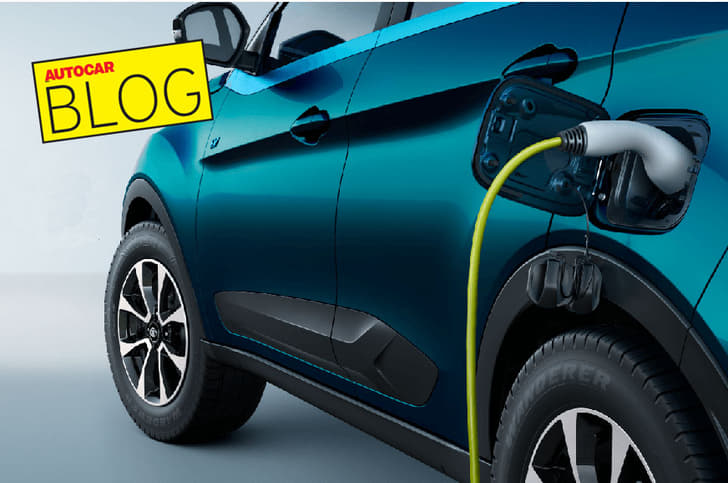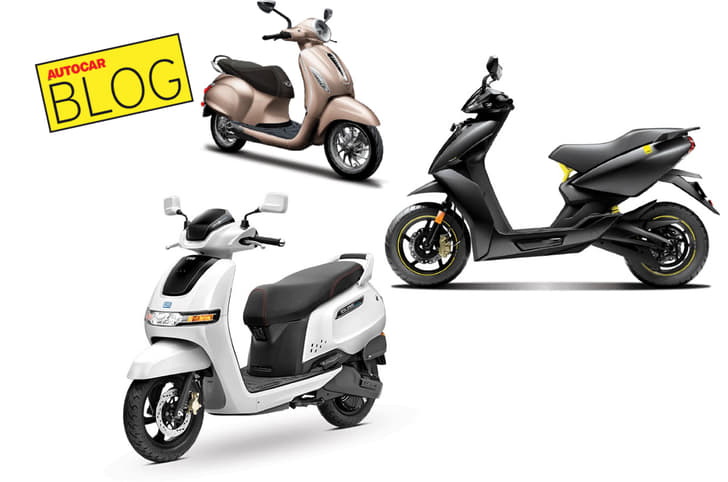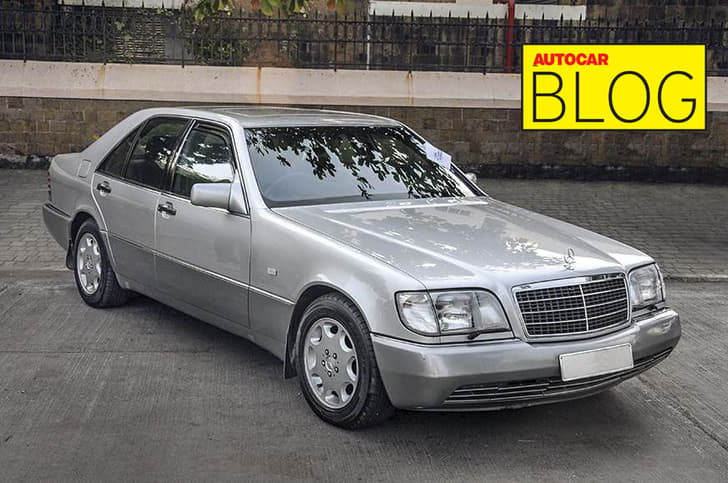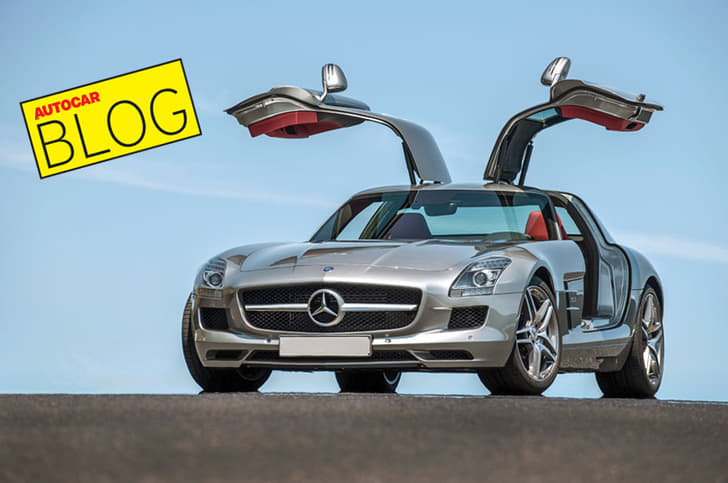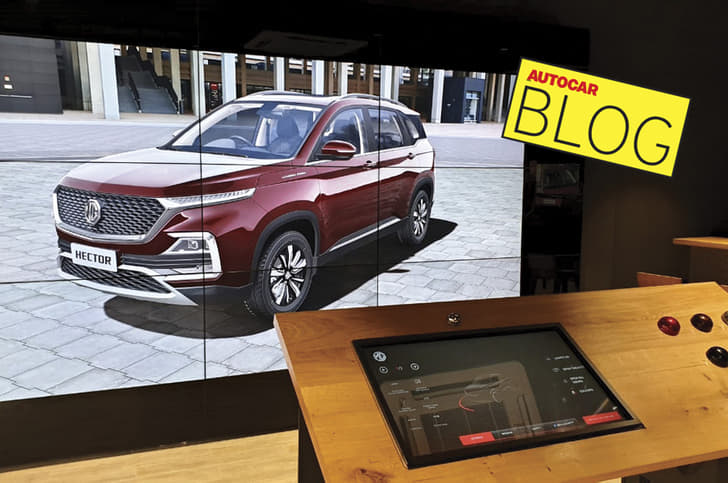While the Nexon has been a steady seller for Tata Motors, it hasn’t exactly set the sales charts on fire. For instance, its April-November 2019 sales stand at 28,988 units, compared to the Brezza’s 74,470 in the same period. But with the arrival of the Nexon EV, the Tata compact SUV could get a tidy little sales boost.
The electric Nexon won't be the first EV to hit our market. We already have three models on sale today – the Tigor EV from Tata itself, Mahindra’s eVerito, and the Hyundai Kona. But while the first two are, relatively speaking, affordable – coming in just above Rs 10 lakh – they have a limited range of around 200km and aren’t very well equipped either. The Kona, on the other hand, is well equipped and claims a range of 452km, but it carries an ex-showroom price of Rs 23 lakh.
Enter the Nexon EV, Tata’s first electric vehicle under its new Ziptron brand. The carmaker says the EV will have a range of over 300km and it should come in at just a couple of lakhs over the Tigor EV. This then, in essence, would be India’s first ‘affordable’ long-range EV.
Tata says over 87 percent of customers are willing to consider an EV, but they still cost a lot more than regular IC engine cars, and then there's the issue of charging infrastructure. So I don’t expect the EV to incite a massive sales surge, but there will certainly be some incremental increase within the Nexon fold. Plus, those who have been worried about the brand's reliability will have a little less to be concerned about as electric motors and batteries are massively simpler and require far less maintenance too. Perhaps the Nexon’s killer looks, electric performance and reliable powertrain will tempt a few Tata cynics in.
More importantly, however, with all the brouhaha around EVs, the Nexon EV’s sheer presence will draw a lot of attention to the brand, and subsequently to its other conventionally powered siblings too. What’s more, come BS6 emission norms, Tata will continue to offer the Nexon with both petrol and diesel options, while the same won’t be the case with the Brezza. The Japanese market leader will stop offering the Brezza with a diesel engine, and it will (for a while, at least) be a petrol-only model. This will play nicely into Tata’s hand, which, by contrast, will have three powertrain options on offer.
Given the EV's premium over the regular Nexon, Tata has worked on upping the Nexon’s appeal as well. The EV has a more classy-looking interior colour scheme as well as upmarket features like a sunroof, auto headlamps, and wipers. These will also be carried over to the IC-engined Nexons only furthering their appeal.
Thus, all stacked up, the Nexon EV isn’t just another option to Tata’s compact SUV line-up. Rather, it’s likely to prove to be a shot in the arm for Tata Motors and provide that little boost to the overall Nexon sales.

